It can't be more of a Saab than the 9-3
Secretly everyone loves a Saab. Just after the Second World War the Swedish airplane manufacturer stared to build cars. Through the years several popular models have been built, all of them innovative models. Innovation is what set Saab apart from other manufacturers. Especially concerning safety. Everything had to make way to build the safest cars. The Saab 9-3 MK2 is a good example of this drive for safety.
Obsession for safety
Saab was able to impress as a car manufacturer shortly after the Second World War ended. In the first years a car manufacturer, Saab only sold their cars to Swedish Customers. After the Saab 96 was introduced in 1960 the company started sales overseas. The quirky design was welcomed by the customers. Especially the Americans (weirdly) really liked the design. Saab eventually sold, with help from muscle-car country, 550.000 units of the 96 model.
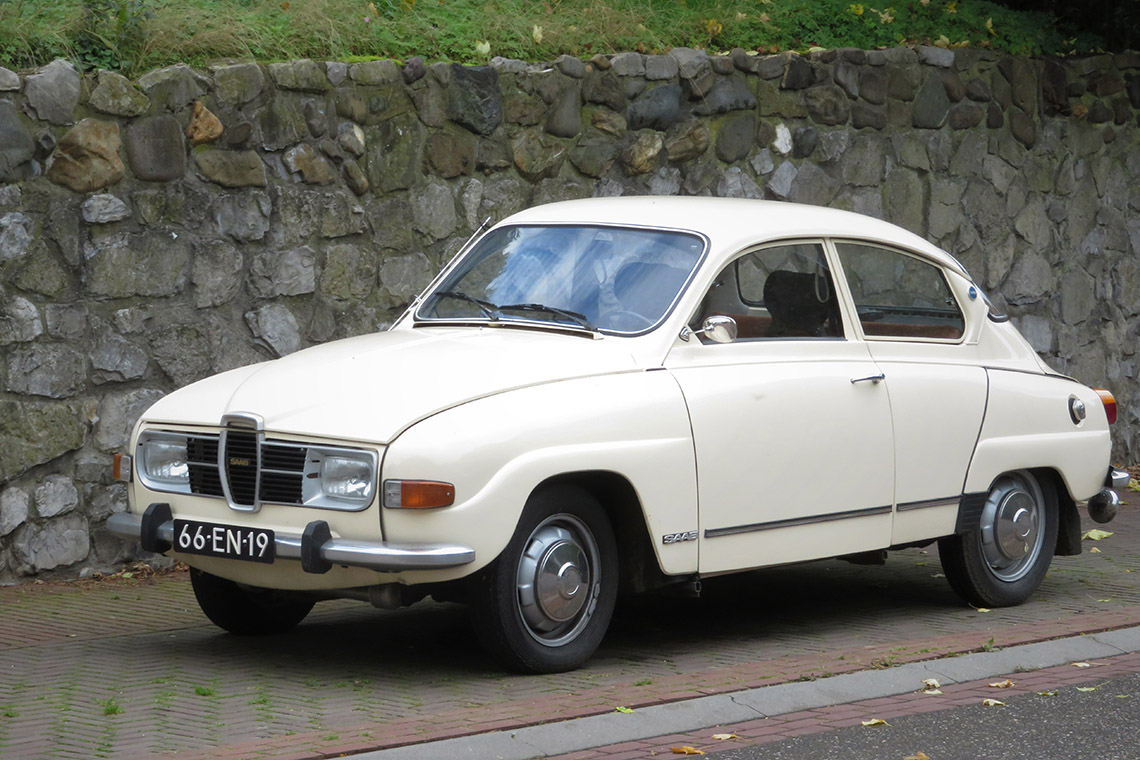
Saab 96
After the success of the 96, Saab introduced the 99. This was a completely redesigned model. In hindsight, this model created a big part of the image an innovating thought process of Saab. It featured the ‘wrap-around’ windscreen for optimum visibility, self-healing bumpers, headlight washers and ‘side-impact-bars’ to protect the occupants inside the vehicle. Not all of these features were present in the later models of Saab but it shows the innovative design of Saab as a manufacturer.
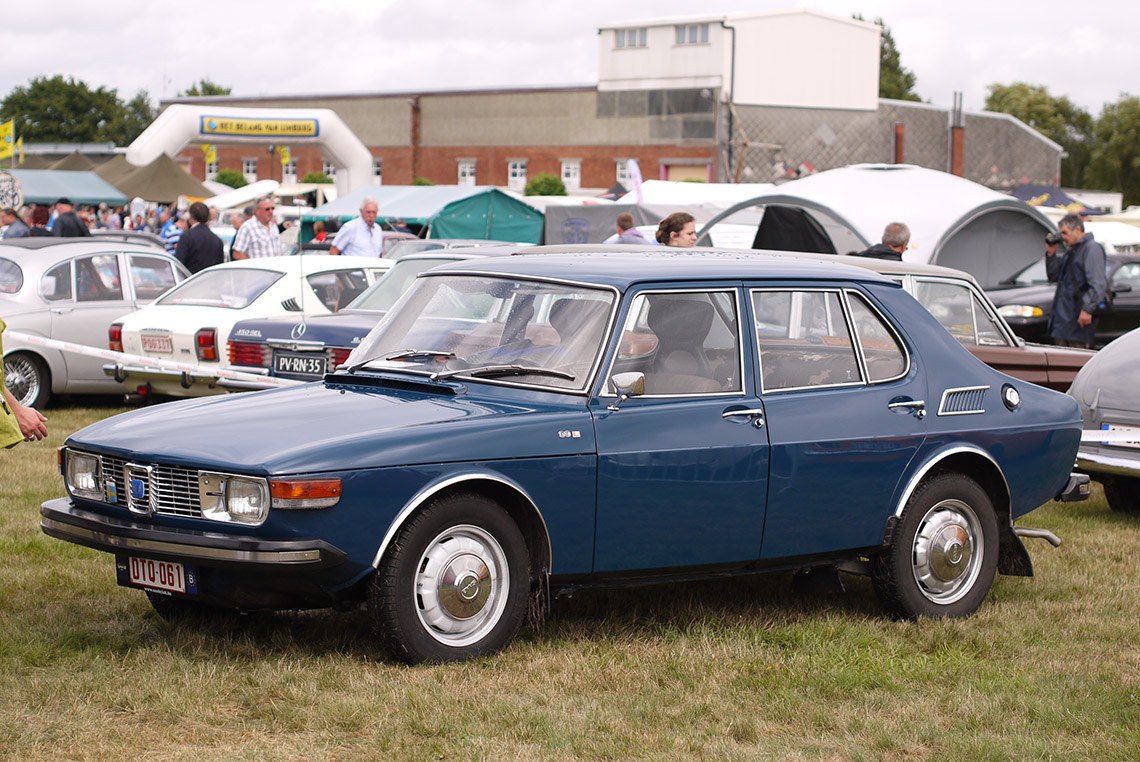
Saab 99
Take-overs
It showed that Saab was on the right track, especially in the home country of Sweden. In 1969 Saab was taken over by another Swedish automotive company. Not Volvo, buy Scania. In the 20 years that Scania owned Saab one of the most iconic models was produced. In 1978 the 99 was succeeded by the 900. Over 900.000 of the 900, known as the ‘cult Saab’, were manufactured.
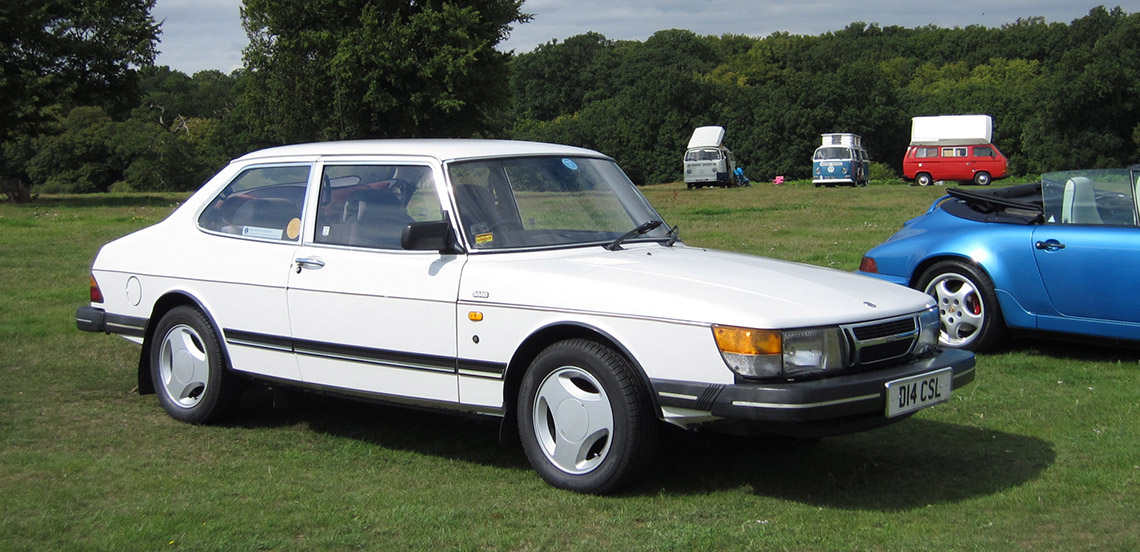
Saab 900
At the end of the 1980’s Saab production went down. The 900 had been produced for 10 years and other models proved not as popular as the 900. Time for a change. In 1989 Saab was taken over by a joint venture of General Motors and Investor AB. The latter would be a stock holder for 10 years, so from 2000 General Motors would be full owner of Saab. This cooperation caused General Motors to impose rules for Saab to design new cars from existing models. The same chassis, just different bodywork and logo.
Cocky
Saab’s job was easy. The new Vauxhall Vectra B was shipped to Sweden. With the new rules of General Motors, a new model 900 would be designed in short time. Saab thought differently. Pretty much the whole Vectra was taken apart. New parts were designed to maintain Saab’s high safety standard. The result was the 900 MK2 that was introduced in 1993. When the high brass of General Motors went to Sweden to view the new 900, they were in shock. Only one third of the parts were form the Vauxhall Vectra. Too late to have the car completely redesigned, General Motors decided to mass produce the car. Sales figures were good. In 1995, since a long time, Saab made a profit.
To surprise their customers at the 70-year jubilee in 1997, Saab came with a new model, the 9-5. This new 9 family model was joined two years later by the 9-3. In essence this smaller 9-3 was a 900 with a facelift. No major changes.
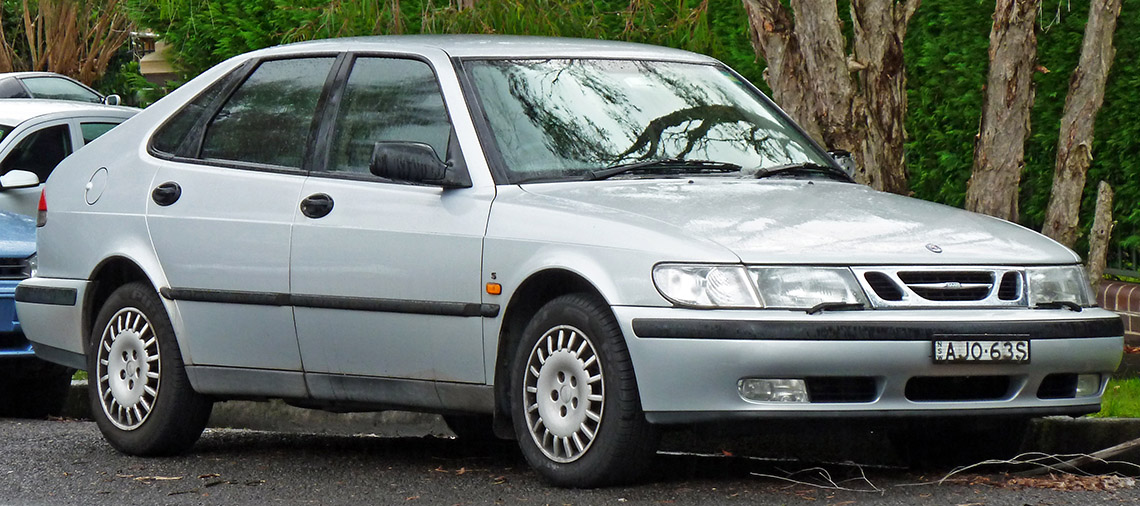
Saab 9-3 MK1
Saab 9-3 MK2
It was no surprise that the new 9-3 was just a facelift. Behind the scenes Saab was already designing a 9-3 MK2, that would be a completely redesigned model. Of course, when Saab is designing a new model, people at General Motors are getting twitchy. Not unimaginable then that General Motors went to Sweden to discuss the new 9-3. General Motors did not really learn anything. Again, they went to Saab with the same message as ten years before. Use the Vectra platform and design a new bodywork on this that will carry the Saab logos. As you can imagen, after a couple of Wodka Saab decided to change the car completely again. This time they went even further.
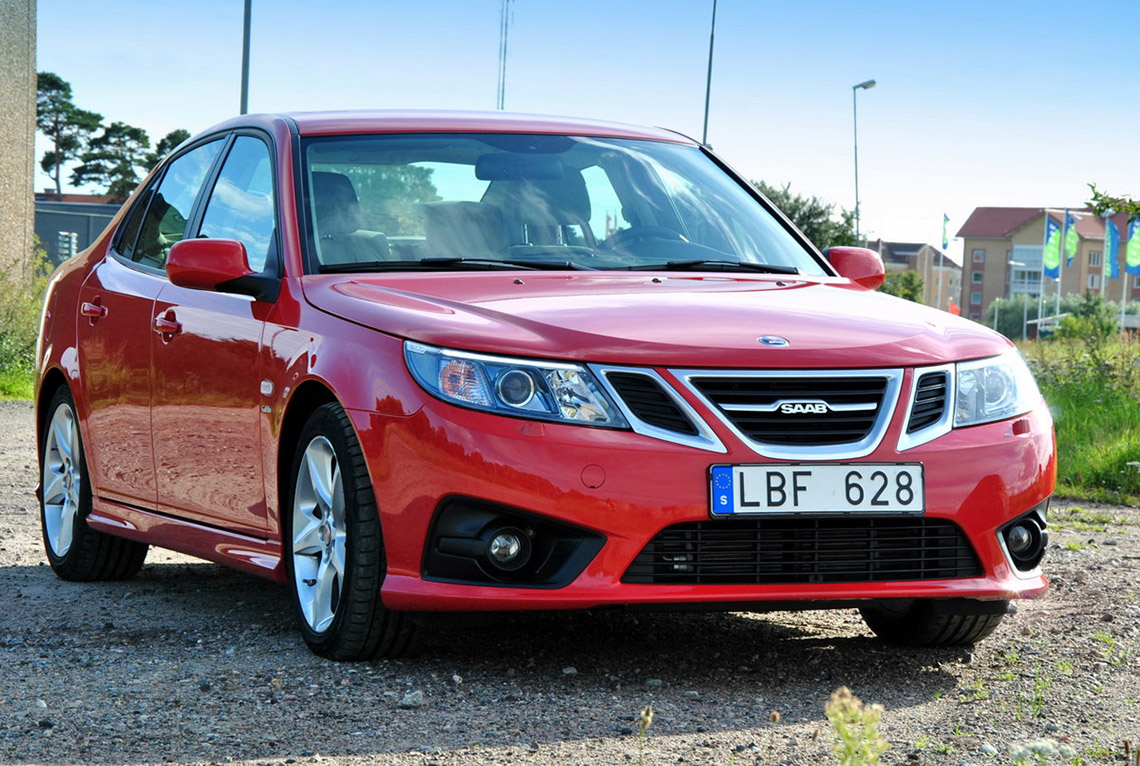
Saab 9-3 MK2
Contrary to the Vectra, the Saab 9-3 uses the new four-link rear suspension with passive rear-wheel-steer characteristics, known as ‘ReAxs’. This system induces a ver slight deflection of both rear wheels that helped the car’s stability. Saab also designed the ‘Active-Head-Restraint-System’ (SAHR2), that minimizes the chance of whiplash. But it wasn’t only the safety aspects that Saab decided to change. Even the new SatNav system did not fulfil the demands of Saab as Jeremy Clarkson found.
What interested us was the different electronics that Saab used in the new 9-3. The ABS-unit and the ECUs are the same as found in the Vectra but the instrument cluster has been changed in every possible way. The colour and lay out of the dials are different. In the end, de 9-3 MK2 was a purely Saab completely re-engineered model.

Instrumentcluster Opel Vectra C vs Saab 9-3
The rest of Saab’s history is known. In 2010, at the height of the financial recession, General Motors took the plug out of Saab, after which the Dutch company Spyker tried to save the quirky manufacturer from bankruptcy, but could not. After more than 65 years of innovation and controversial ideas, sadly the chapter of Saab Automobile AB ended. Cause let’s be honest, every car fanatic loves these quirky manufacturers that make the automotive industry what it is today.
Remanufacturable parts of the Saab 9-3 (2003-2012)
ABS unit
ABS ECU
Please register to view pricing information
ECU's
ECU
Please register to view pricing information
Throttle Bodies
Throttle Body
Please register to view pricing information
Throttle Body
Please register to view pricing information
Throttle Body
Please register to view pricing information
Throttle Body
Please register to view pricing information
Instrument cluster
Instrument cluster
Please register to view pricing information

 da
da de
de es
es fr
fr it
it nb
nb nl
nl pt
pt sv
sv fi
fi